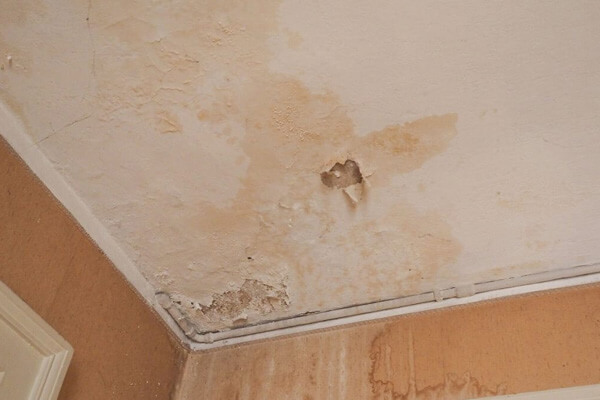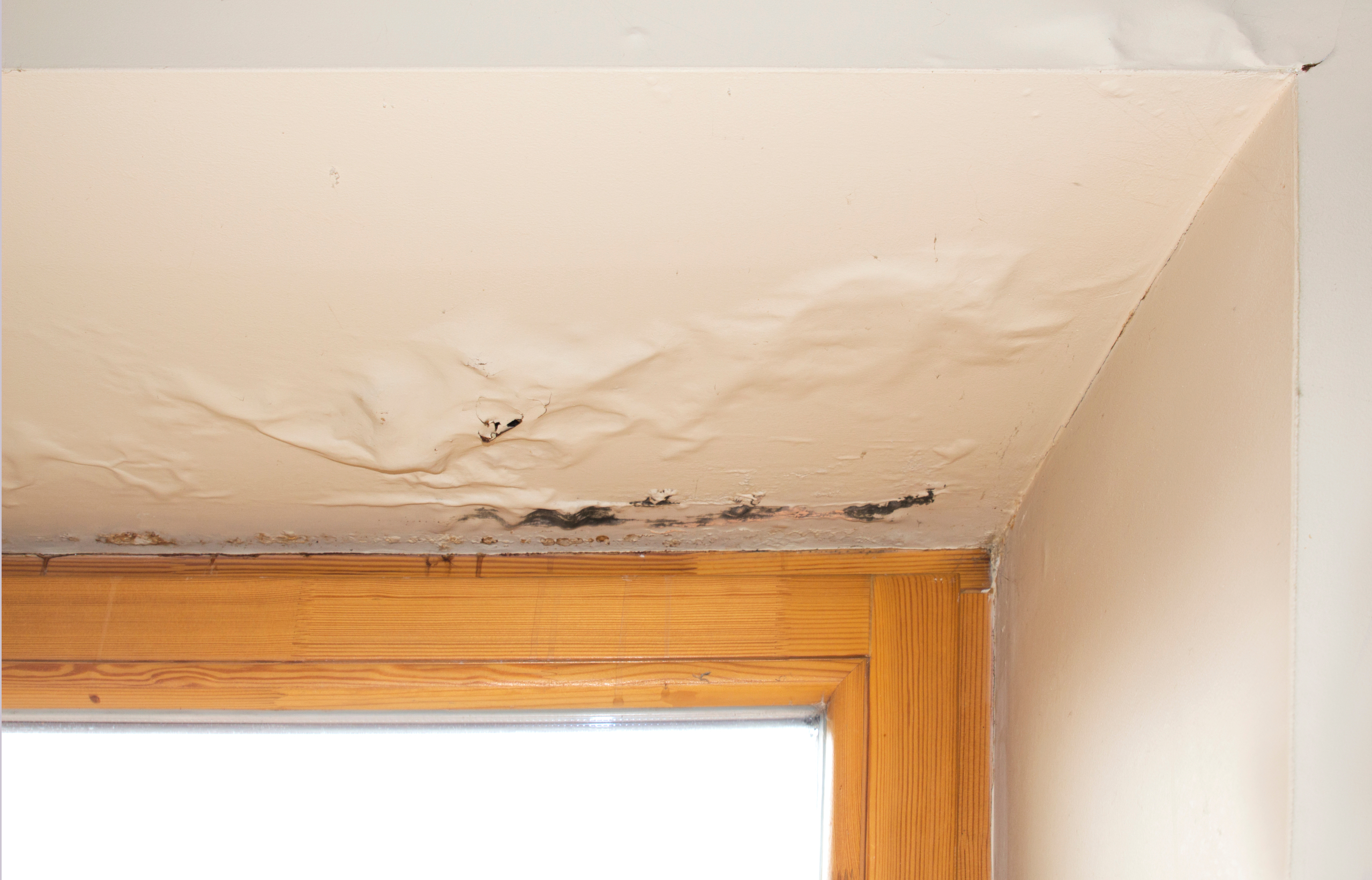What are your thoughts on Water Stains on Walls?

Water spots on walls are not positive to the eyes. Your house should be without stains on the walls, roof, or floorings. That is the ideal state of a home and also its structures. Yet, in some cases it appears nearly inevitable to experience water discolorations on walls in houses.
House owners living in moist regions frequently deal with the worry of water discolorations on walls. With accurate as well as well-shaped info on the reasons of water stains as well as punctual repair procedures, you will certainly always be an action in advance of such occurrences.
3 Typical Causes of Water Discolorations on Walls
In contrast to common belief, water stains on wall surfaces do not constantly stem from bad structure materials. There are numerous causes of water spots on wall surfaces. These include:
Poor Drainage
This will certainly protect against water from seeping into the walls. This links to extreme dampness that you see on the wall surfaces of your building.
So, the leading reason for wet wall surfaces, in this instance, can be an inadequate water drainage system. It can likewise result from inadequate management of sewage pipes that run through the building.
Damp
When warm wet air meets with dry cold air, it creates water beads to base on the wall surfaces of buildings. When there is heavy steam from cooking or showers, this takes place in bathrooms and also cooking areas. The water beads can stain the surrounding walls in these parts of your residence as well as spread to other locations.
Wet or condensation affects the roof covering and wall surfaces of buildings. When the wall surface is damp, it creates a suitable atmosphere for the development of fungi as well as microorganisms.
Pipeline Leaks
The majority of houses have a network of water pipes within the wall surfaces. This makes sure that the pipes are faraway from the reach of damaging rats. It always raises the feasibility of such pipes, as there is little oxygen within the wall surfaces. This discourages rust.
Yet, a disadvantage to this is that water leakage impacts the walls of the building as well as causes prevalent damage. An indication of damaged pipes is the look of a water discolor on the wall surface.
Water Spots on Wall Surface: Repair Work Tips
When dealing with water discolorations, homeowners would typically desire a fast fix. They would quickly understand this is counterproductive as the water spots reoccur. Below are a couple of useful ideas that will certainly lead you in the repair of water stains on walls:
Pro Suggestion
A houseplant in your home likewise boosts its moisture. So, if the house is already damp, you may wish to present houseplants with marginal transpiration. An example of appropriate houseplants is succulents.
Verdict
Although no person intends to have water discolorations on walls in their residence, it can take place to the best of us. This short article provides you take advantage of, as you now understand exactly how to handle this incident if it does happen.
It is always best to recruit expert services to assist repair the damages in your home.
In some cases it seems almost unavoidable to experience water stains on wall surfaces in residences.
In contrast to preferred idea, water discolorations on walls do not always stem from poor building materials. There are several causes of water stains on walls. The water droplets can stain the surrounding walls in these parts of your home and spread to other areas.
Here are a few helpful pointers that will certainly lead you in the repair of water discolorations on wall surfaces:
CHECKING FOR WATER DAMAGE
Water damage can be costly, and it may begin before you even notice the first signs of trouble. Water damage can cause mold and mildew in your walls and floors, which can create an abundance of health concerns for your family. It can also lead to costly repairs of various appliances and general home fixtures. To avoid the pricey consequences of water damage, here are Warner Service’s top 5 places you should check:
The walls – The easiest place to spot the beginnings of water damage is on the walls and ceilings of your home. If water damage is present, there will most likely be water stains, especially around the windows and doorframes, and/or cracks in the drywall. If a stain looks unusual (discolored to brown, black or gray, raised texture), has a swollen appearance or is soft to the touch, contact a professional immediately. The pipes – To avoid water damage, consistently check the pipes in your kitchen (especially the dishwasher and ice maker), bathrooms, laundry room (specifically washing machines) and basement for corrosion, leaks and water stains. Pay special attention to where the pipes connect in your home and the location of caulking around the bathroom fixtures, including toilets, sinks, showers and tubs. Missing or loose caulking and grout could be signs of leaking water. This seepage can also quickly cause mold and rust, so double check your water heater and tank for wet spots on the floor. The floor – Water damage is very easy to spot on the floor. Look for any warping or buckling of the material, especially in the basement. If your home has wood flooring, look for bright white or dark stains. If your home has carpeting, keep it dry and clean. A damp carpet that smells of mold could cause water damage and health problems. To avoid this, consider installing floor pans under your appliances to help prevent damages from small, slow and undetected leaks. The basement and attic – If your basement or attic smells odd check for mold and mildew around the area, especially the valley where the roof meets. While you are inspecting those areas, check for wall cracks, floor stains, rust and dampness in the insulation. If you live in a colder and/or rainier climate, perform routine checks for water damage from melting snow or ice and rain. The exterior – Check the roof for damaged flashing and missing, cracked or curled shingles. There should also be no standing water anywhere outside your home. This could be caused by puddles, leaky rain gutters or hoses, poor drainage, or short gutter spouts. Invest in a sump pump system or water flow monitoring system, and perform routine maintenance on these outdoor appliances to avoid indoor water damage.

I hope you enjoyed our excerpt on Indicators of Water Damage Behind Walls. Many thanks for finding the time to read our content. So long as you appreciated our blog posting please do not forget to share it. Thank you so much for taking the time to read it.
Get Quote Now